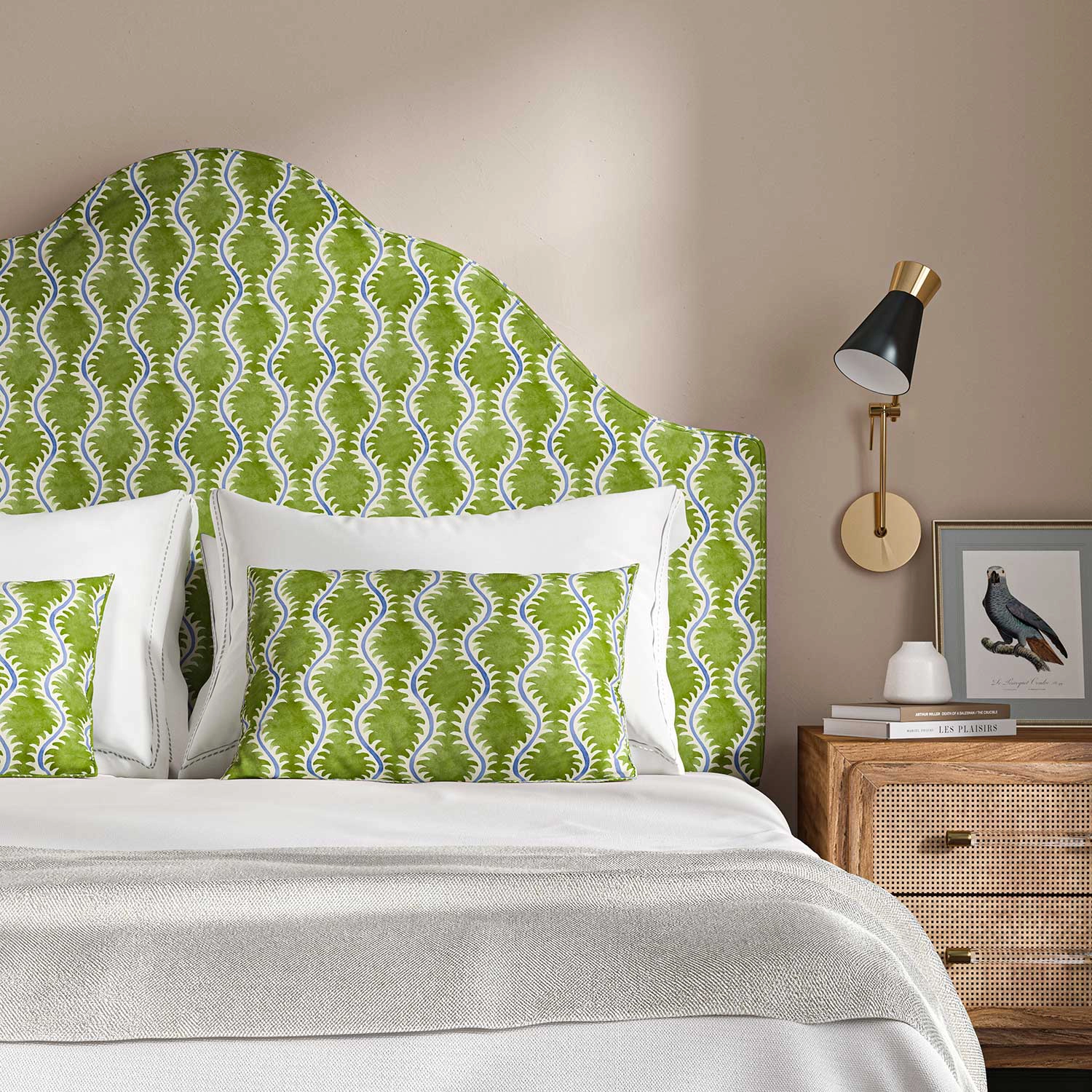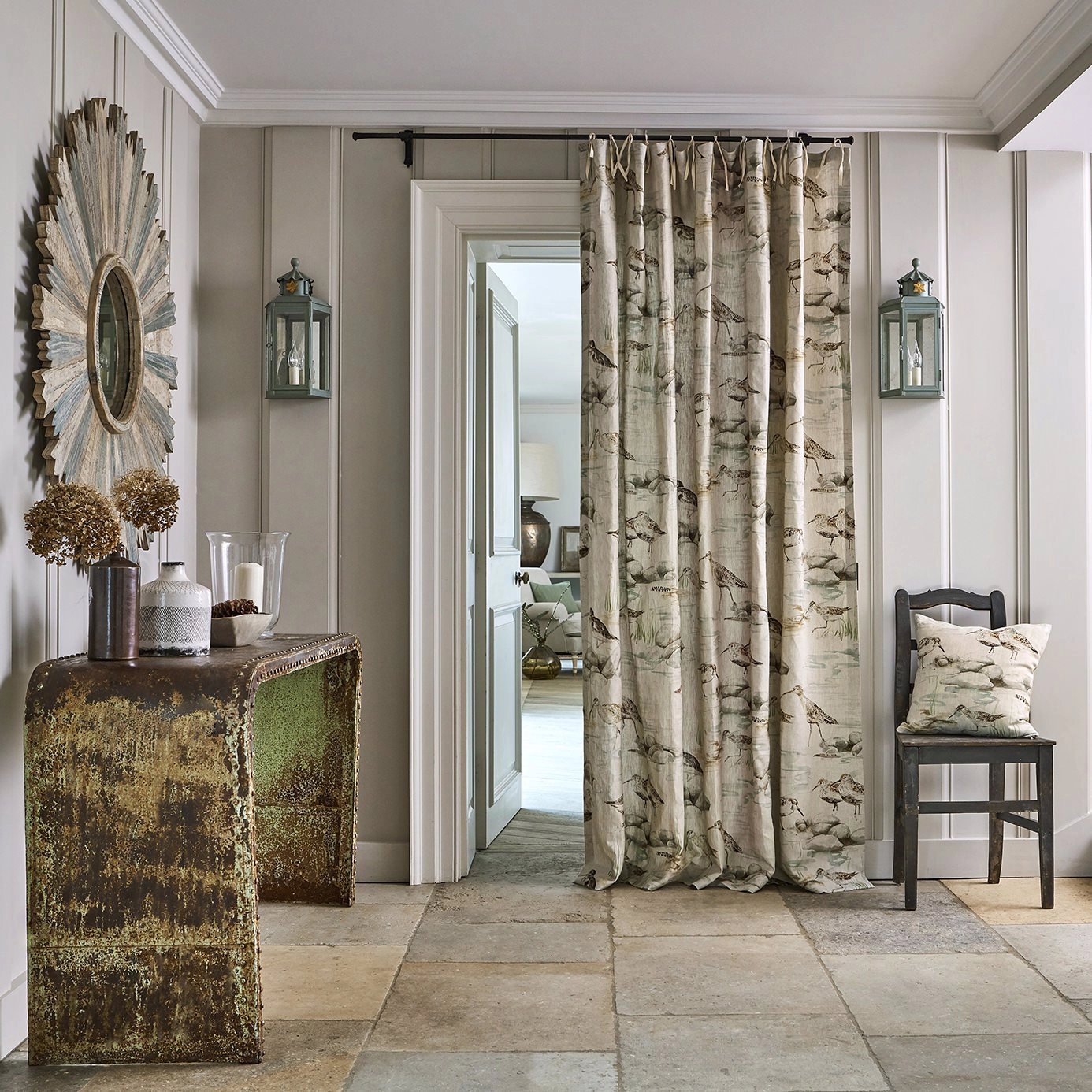Biophilic interior design connects your home with nature
I love being out in nature, whether it’s going for a scenic walk, doing some gardening, or simply sitting quietly in a chair in the garden with a cup of tea. I love a wildlife programme too.
When I do find time for some gardening, I become lost in the beauty of nature and often find it hard to pull myself away. It’s not uncommon for me to even forget to eat and drink because I’ve become so immersed. Gardening programmes frequently remind us how gardening can be a huge benefit to our mental wellbeing and physical health. I couldn’t agree more.
I adore green – it’s my favourite colour. It soothes and relaxes me. It’s both refreshing and uplifting. It is also tranquil but at the same time a stimulating colour which brightens my mood
Yet, conversely, I seem to spend most of my time indoors. Have a think about how much time you spent inside over the last week. I bet it was a lot more than you might realise! On average people spend 90% of their time inside. Our distant human ancestors lived in natural environments, but modern man has shifted towards an urbanised lifestyle, spending most of the day confined inside manmade constructions, whether that’s a home, place of work or the car.
We can’t change the fact that we need to work. We need to cook and clean. We have families to look after, young and old. Most of us lead very busy lives that just don’t allow us to while away hours on end outdoors.
So, if we all want to feel more connected with nature but lack the time, what can we do to help?

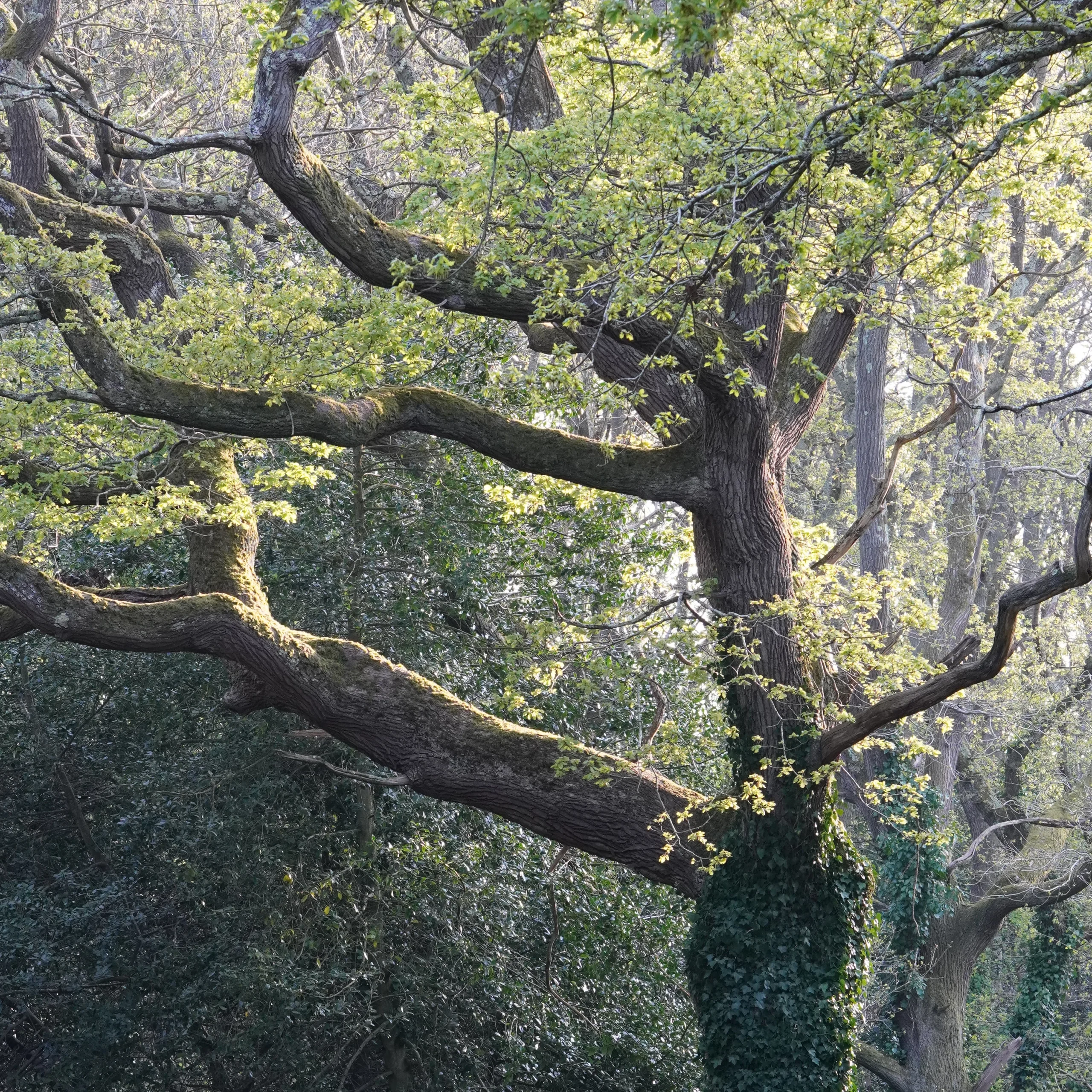
Let me introduce you to Biophilia
In a nutshell, the word Biophilia refers to a love of nature.
The biophilia hypothesis suggests that humans possess an innate tendency to seek connections with nature and other forms of life. The term comes from the Greek words ‘bios’ and ‘philia’, meaning “life” and “love of”, so literally translates to “love of life”.
The term ‘Biophilia’ was first used in 1973 by Erich Fromm, a German-American social psychoanalyst and humanist. He described the intrinsic human connection that we feel towards nature and other living organisms.
Renowned biologist and author Edward O. Wilson then popularised the concept in his 1978 book ‘On Human Nature’. But it was in 1984, in his book ‘Biophilia’, that he explored the idea that humans possess an innate affinity for the natural world, that is rooted in our evolutionary history. The close relationship our ancestors had with the natural world was necessary for their survival.
Wilson’s theory of biophilia suggests that humans, as a species, are consciously and subconsciously drawn to the diversity of life forms, ecosystems, and the overall beauty of the natural world. But far from being a cultural or intellectual appreciation for nature, he argued that connecting with nature can have profound implications for human wellbeing, mental health and quality of life. It is a fundamental part of our biology and psychology.
And that’s not just humans – you’ve only got to look at the psychological effects of being confined in a zoo has on some animals.
Worryingly, more recent scientific research is finding the more time humans spend time indoors, and become ever more reliant on technology, there is a diminishing desire to actually interact with the natural world. It has even been cited as a potential contributing factor to environmental destruction and the rapid rate of species extinction, where some humans have a decreased appreciation for the wildlife that in fact supports human survival.
What is Biophilic design?
The origins of Biophilic design stem from the world of architecture, and a sustainable approach to building design. In green architecture, it’s about lessening the environmental impact of construction. However, biophilic design takes it another step by reconnecting humans with the natural world to create a calming space that improves wellbeing, reduces stress, and enhances productivity.
Although I say a ‘new’ concept, the Hanging Gardens of Babylon is hardly recent. But biophilic design has really begun to catch on this century as today’s architects and designers find better ways to create urban environments to solve the ever growing need to house more and more humans – in homes and at work – but which benefit our health and enrich our lives.
This is generally done through ‘direct nature’, ‘indirect nature’, and ‘space and place’.
Direct nature refers to a tangible contact with nature by means of natural light, clean and fresh air, the sound and sight of water, introducing abundant vegetation to the inside and outside of buildings, and seeing animals even if that’s merely an aquarium or feathered friends on a bird feeder.
Indirect nature is having a connection using created images or representations of nature, such as paintings or photographs and even sculpture, introducing natural and organic materials such as stone and wood, and using soothing colours from nature such as green, blue and earthy tones.
Space and place is more about the surroundings of a building. Creating a sense of space, and designing a place that connects culturally to its occupants.
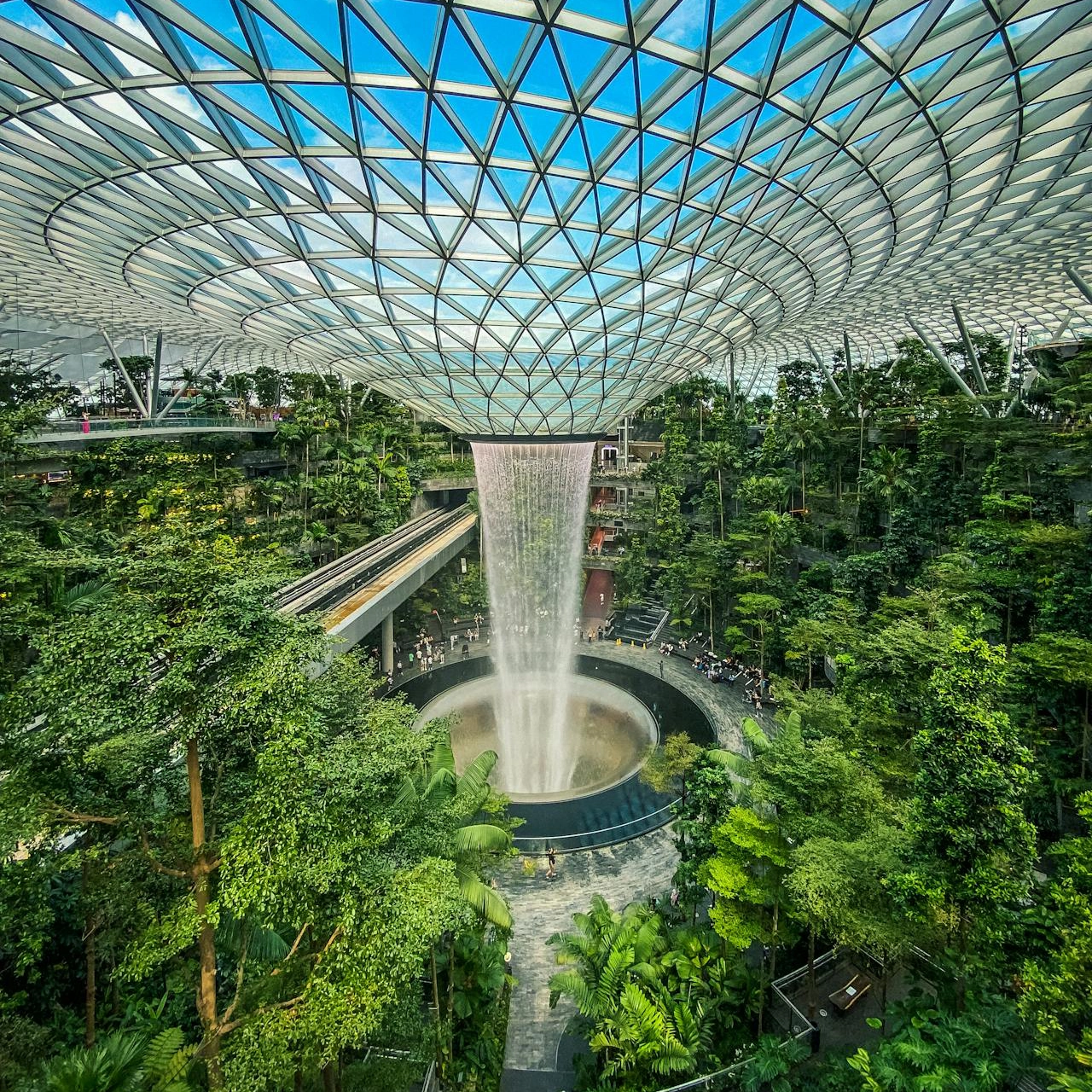
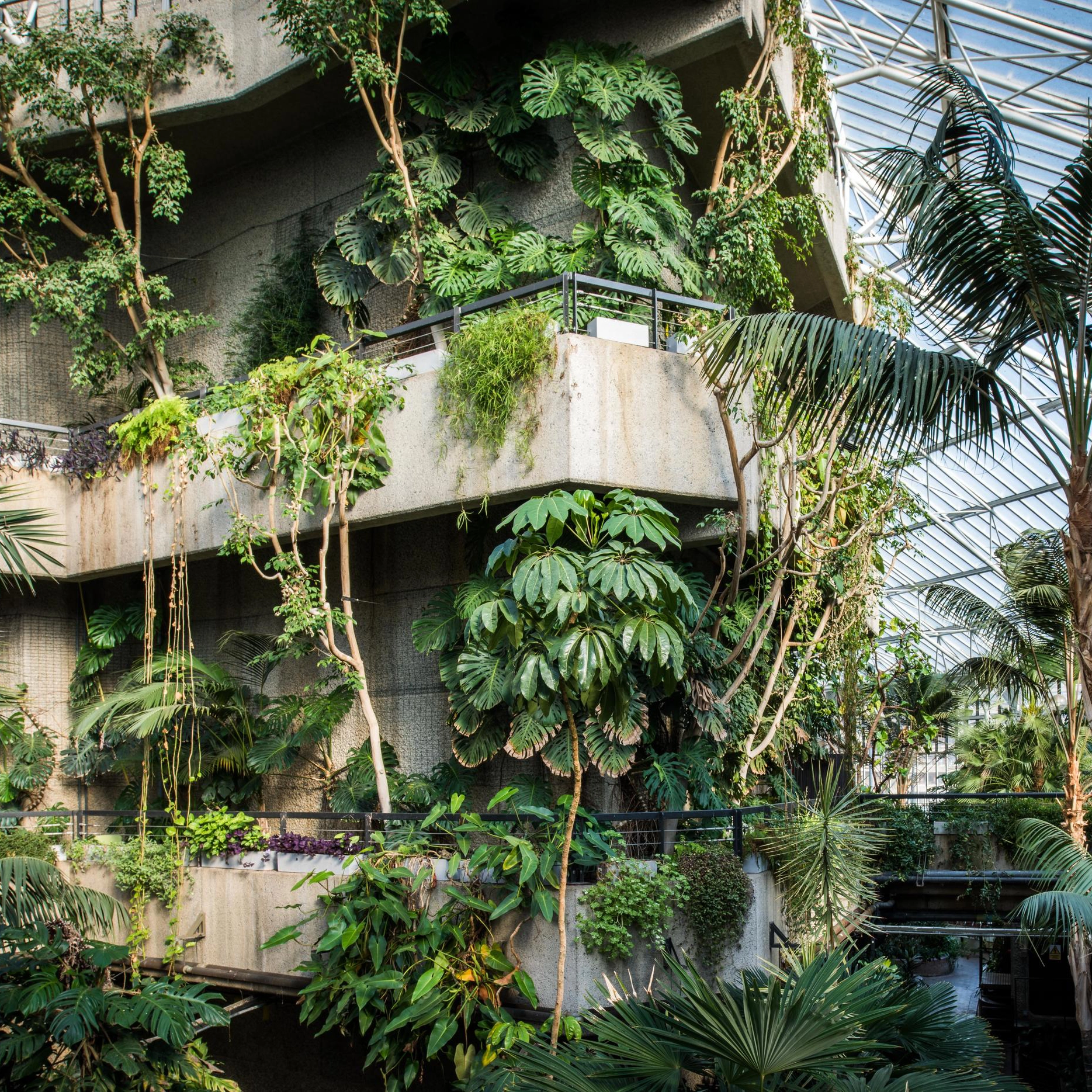
Benefits of biophilic interior design
I strongly believe that connecting ourselves with nature is crucial to our wellbeing, and by embracing it we can enhance our lives. The most effective Biophilic interior design approach is ‘direct nature’, where there is a direct connection with nature.
Biophilic interior design is more than just aesthetics. It is about bringing nature closer to us by introducing vegetation, daylight, organic textures and natural materials into our buildings. These will provide a positive impact on our everyday life. For instance…
Fresh air – If you can, open your windows wide and allow fresh air and the sounds of nature to flood into your home and your mind. Take time to carefully listen to the sound of birds, and even rain or wind. Take in a lung full of fresh air, as this improves the function of your immune system and lifts your mood.
Sound – Playing sounds from nature within your home is very calming and can significantly reduce stress hormones and enhance mood. This is an example of ‘indirect nature’. Pop on a playlist of bird song, woodland sounds, waves lapping a shore, or wind gently rustling through trees. Try it. It will take you a place that rhythmic manmade music doesn’t quite reach. And I love manmade music, so trust me on this.
Natural light – Utilising natural light is crucial for boosting your energy levels as well as your mood. This is especially important if you work from home. Daylight will also keep you more alert throughout the day, and has been proven to have several psychological benefits over artificial light bulbs. You can increase natural light within your home by installing larger windows with thinner frames, adding skylights, or swapping to interior glazed doors that allow light to permeate deeper into the home. By strategically placing large mirrors in a room, you can also reflect natural light to make a space feel brighter and more open. We are blessed with large windows in our own home – particularly in the main living areas – and this was a big tick for us when we first viewed our 1970s house.
Planting – Placing a variety of plants around the home is a fundamental aspect of biophilic design. This might range from a few potted plants to substantial living walls or indoor gardens. Plants improve air quality and add a visual and sensory connection to nature. Plus it’s fabulous to care for them and watch them grow. I love houseplants and I find the act of houseplant gardening and plant care to be very therapeutic, providing a form of mindfulness and a break for me from the digital world.
Water – A water feature within the home can provide a restorative experience and help connect you to nature. It can be as grand as a rain chain used as a room-divider, a small table top water feature, or even an aquarium of tropical fish. It is important to celebrate water as a precious resource, so always aim for a closed-loop system that does not create a significant water burden.
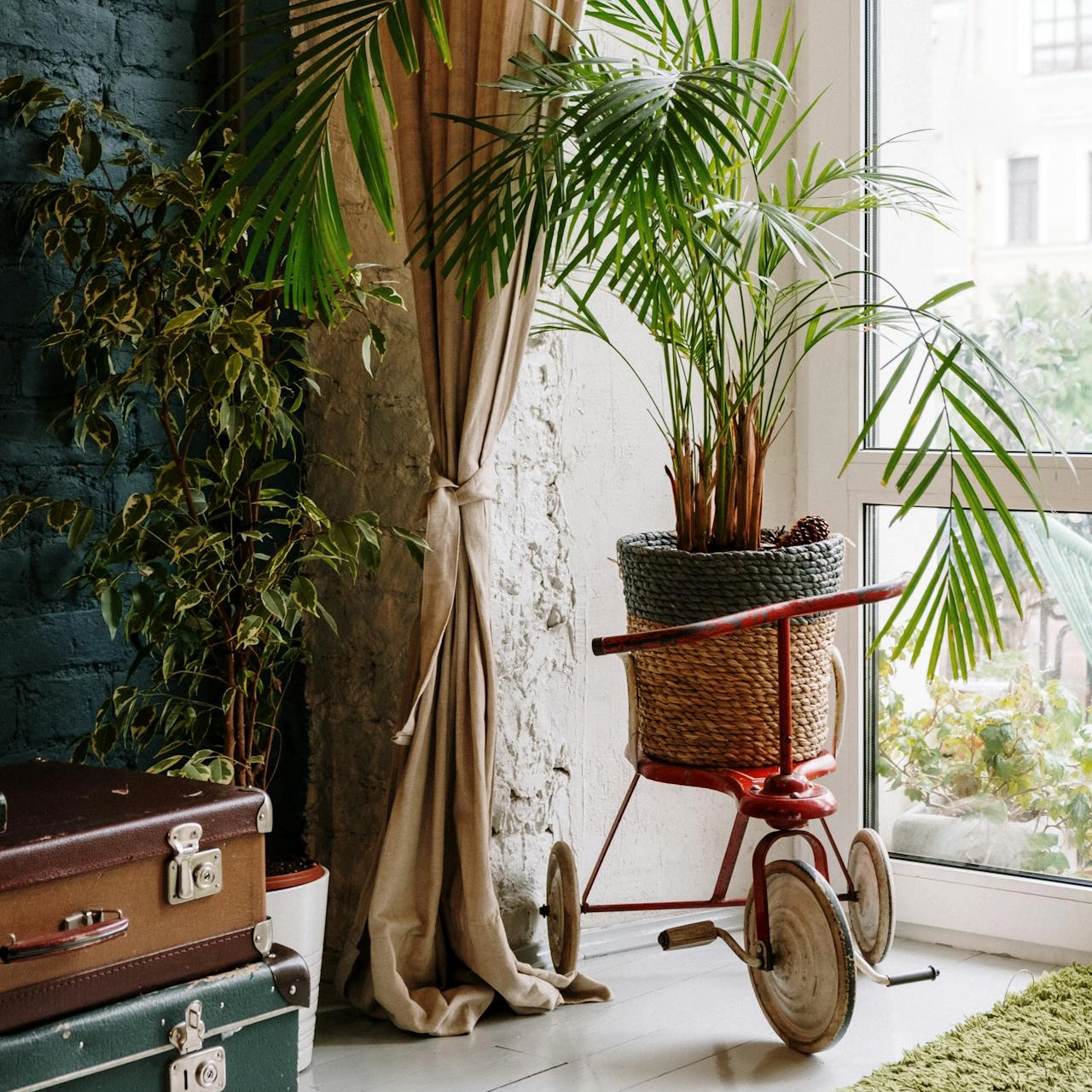
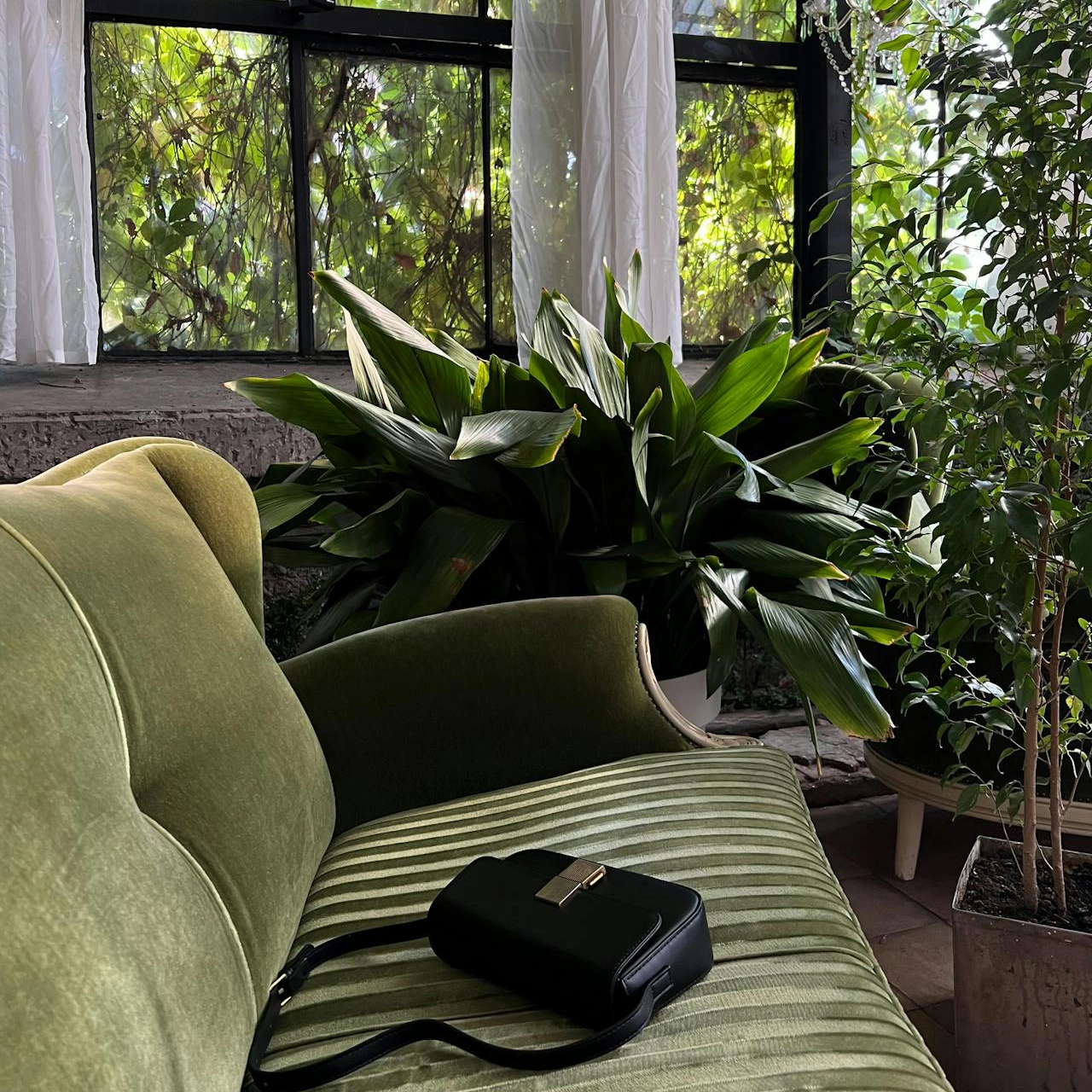
The aesthetic side of biophilic interior design
OK, so we can’t actually plant trees in our living room floor, but we can still make a positive impact on our everyday lives by bringing a sense of the natural world into our homes. Known as ‘indirect nature’, there are a number of ways you can adopt a biophilic approach to your home interior.
Curtains and blinds – For homes with existing windows that you don’t wish to change, simply avoid covering too much of the glass with curtains, as this will darken a room. Use longer poles and tracks so the curtains can be pulled back fully. Fit blinds outside reveal. Also consider using voiles and sheers where nighttime light control isn’t important, as these are ideal for allowing natural light to gently filter through.
Natural materials and textures – Using materials from nature helps to create a comforting home that instils energy every time you step inside. Natural materials such as wood, slate, stone, bamboo, cork, and rattan help bring the texture and feel of the outdoors inside. They also provide a tactile connection to nature.
Colours – The colour palette for biophilic interior design is predominantly green. That doesn’t mean a room has to be entirely green though. You might wish to have green just for plants, and have everything else in the room white and neutral. But the use of pale colours on walls will reflect the light better, making a room feel more spacious.
Textiles – Fabrics should be natural, preferably unbleached. Linen is the best choice for your curtains, cushions and wool is great for upholstery as it’s so durable. There are no rules on patterns vs plains as both work well. Patterns might tend to lean towards a botanical theme, and the result can be dramatic or subtle, modern or country.
Design style – I don’t believe there is a specific rule in biophelia in terms of whether the look should be modern or not. When you look at photos online of biophilic interiors, the interiors tend to be ultra modern, but that’s because they are architect-designed spaces. So long as nature is the focus of a room, then I think you can do what you like. But, for it to work, you must keep a sense of calm. So not too many clashing patterns, and keep to a simple palette.
Furniture – The materials used on furniture ought be natural, like bamboo and reclaimed wood. You can have furniture made from manmade materials, so long as they are sustainable like recycled plastic. Shapes need to be organic, with no geometric lines. Incorporating shapes and patterns that mimic natural forms, such as curves, waves, and fractal patterns, can create a more visually pleasing and psychologically comforting space. Curvy armchairs, round scatter cushions, and sweeping side tables all help to create a flowing living space.
Natural architectural elements – Reclaimed wooden floors and natural stone flags give a property a warm and a comforting feel. If you don’t like bare materials under foot, you can use rugs on the floor. Jute is particularly good, and definitely not manmade. If you have exposed brick and old timbers, be sure to showcase these wonderful features.
Views of nature – Designing spaces to include views of the outdoors, such as gardens, trees, or natural landscapes, is another key principle. That’s fine when building from scratch, but you can also consider this in an existing property. Rearrange your furniture to take advantage of an outside view. Or put some plants in pots outside that can when looking out of a window. But even simulated views, like nature-themed wall art, can have positive effects.
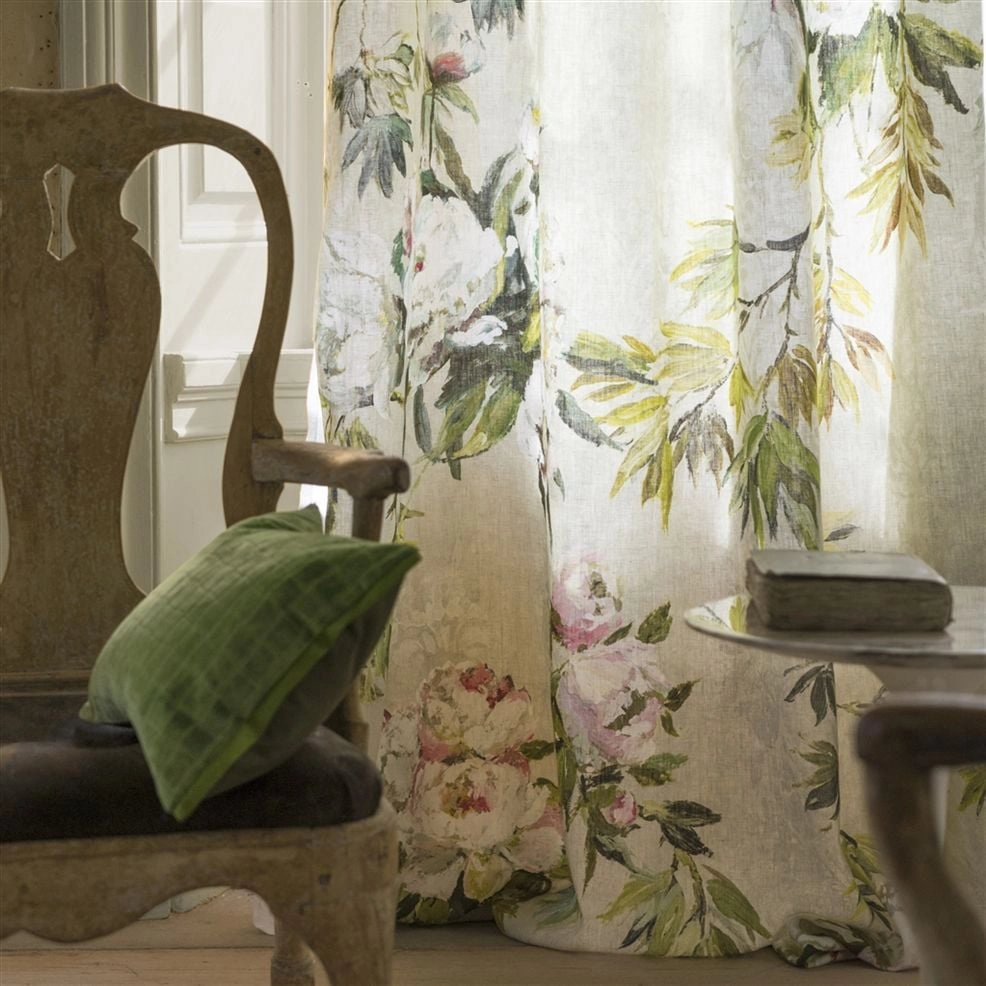

Stick to nature’s natural palette
Verdant green is normally the predominant colour in a biophilic interior, but you can also introduce off-white, blue and earthy tones. Using a colour palette inspired by nature helps create a serene and inviting atmosphere. It is important to only stick to colours that mimic the hues found in natural landscapes.
There are endless shades of green to choose from. You can go more muted by using soft sage tones, or zing it up with a vibrant lime, or lush tropical greens. Combining more than one tone of green will maximise interest, and mimic what you see in nature.
Although biophilic interior design tends to focus on green, you can also successfully pair green with certain colours from nature like pale blues, blush pinks and soft yellows. But avoid strong colours like red and also bright colours.
